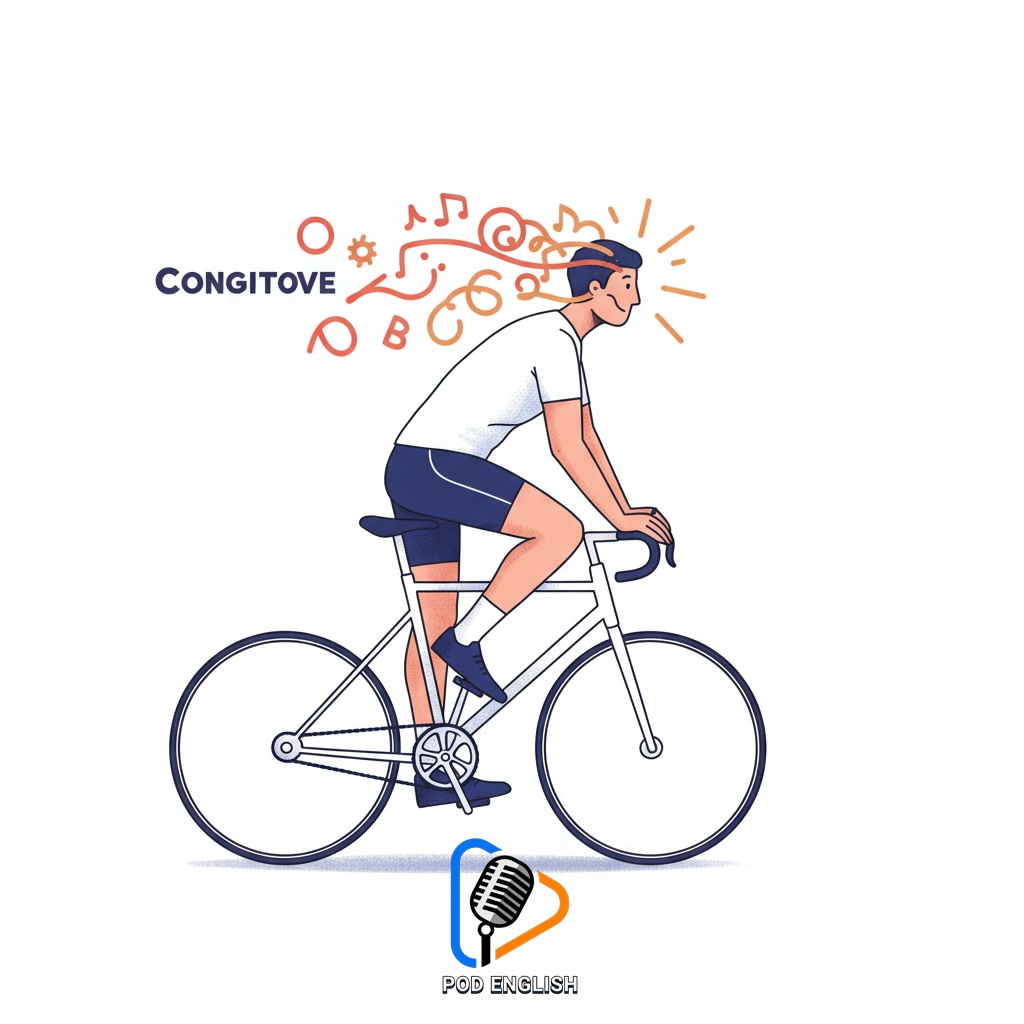Learn English
Boost Your English Learning with Exercise

Exercise can significantly enhance your process of learning English. Physical activity improves cognitive function, memory, and concentration, which are vital for language acquisition. Integrating exercise into your routine can make your efforts in learning English more effective and enjoyable. Discover how combining fitness with language study can accelerate your progress in learning English.
Table of Contents
- Section 1: Introduction: The Link Between Physical Activity and Cognitive Function
- Section 2: How Exercise Positively Impacts Your Brain for Learning
- Section 3: Specific Benefits of Exercise for English Language Learning
- Section 4: Integrating Exercise into Your English Study Routine
- Section 5: Types of Exercise Recommended for Boosting Learning
- Section 6: Making Exercise a Consistent Part of Your Learning Journey
Section 1: Introduction: The Link Between Physical Activity and Cognitive Function
It’s widely known that physical activity is essential for maintaining a healthy body, but its profound impact on our cognitive abilities is often underestimated. This section explores the vital connection between engaging in exercise and the function of our brain. Scientific research increasingly demonstrates that regular physical activity doesn’t just strengthen muscles; it significantly enhances brain health and performance. Exercise improves blood flow to the brain, stimulates the release of chemicals that support brain cell growth and function, and can even help build new neural pathways. This improved brain health directly translates into better focus, enhanced memory retention, and improved processing speed—all crucial elements for successful learning, including mastering a new language like English.

Section 2: How Exercise Positively Impacts Your Brain for Learning
Physical exercise isn’t just good for muscles; it profoundly benefits the brain, which is crucial for learning. When you engage in physical activity, blood flow increases to your brain, delivering more oxygen and vital nutrients. This process stimulates the production of brain chemicals, including Brain-Derived Neurotrophic Factor (BDNF), often called “brain fertilizer.” BDNF is essential for fostering the growth of new brain cells and strengthening the connections between existing ones, a process known as neuroplasticity. This enhanced neuroplasticity, combined with improved blood flow, sharpens cognitive functions like memory, concentration, and problem-solving skills, making your brain more receptive and efficient for acquiring new information, such as vocabulary and grammar when learning English.

Section 3: Specific Benefits of Exercise for English Language Learning
Building on the idea that exercise boosts brain function, let’s look at the specific advantages for learning English. Regular physical activity significantly improves your memory, making it easier to recall new vocabulary, grammar rules, and sentence structures. It also sharpens your focus and concentration, helping you stay engaged during lessons, study sessions, or when listening to English audio. Furthermore, exercise can reduce stress and anxiety, which are common barriers to language learning, especially when practicing speaking. By incorporating exercise, you create an optimal mental state for absorbing and retaining information, accelerating your progress in understanding and using English effectively.

Section 4: Integrating Exercise into Your English Study Routine
To effectively combine physical activity with your English learning, consider simple strategies. For instance, listen to English podcasts, audiobooks, or language learning apps while you walk, jog, or commute actively. Use short breaks during your workout to quickly review vocabulary flashcards or grammar rules. Even light activities like stretching or cycling on a stationary bike can be paired with watching English educational videos or listening to dialogues. The key is to find ways to multitask efficiently, engaging both your body and your brain simultaneously. This integration not only makes exercise time productive for learning but also helps solidify information by associating it with physical movement, boosting recall and comprehension.

Section 5: Types of Exercise Recommended for Boosting Learning
To build upon integrating exercise with your English studies, let’s look at specific activities known to enhance cognitive function. Moderate-intensity exercises are particularly effective. This includes activities like brisk walking, jogging, cycling, or swimming. These types of physical activity increase blood flow to the brain, which is crucial for improving focus, memory retention, and processing speed – all vital components of successful language acquisition. Even less strenuous activities such as yoga or stretching can be beneficial by reducing stress and improving concentration, creating a better mental state for learning. The key is consistency and finding an activity you genuinely enjoy, making it easier to incorporate into your routine alongside your English learning efforts.

Section 6: Making Exercise a Consistent Part of Your Learning Journey
To truly benefit your learning english journey, consistency in exercise is crucial. It’s not about occasional bursts, but integrating physical activity into your routine. Start by scheduling short sessions, perhaps 15-30 minutes daily, just like you schedule study time. Consider combining activities: listen to English podcasts or audiobooks while walking, jogging, or cycling. Find exercises you genuinely enjoy, whether it’s dancing, swimming, or a team sport, as pleasure increases adherence. Begin with manageable goals and gradually increase intensity or duration. Making exercise a non-negotiable part of your day ensures you continuously reap the cognitive rewards that support effective learning english.














